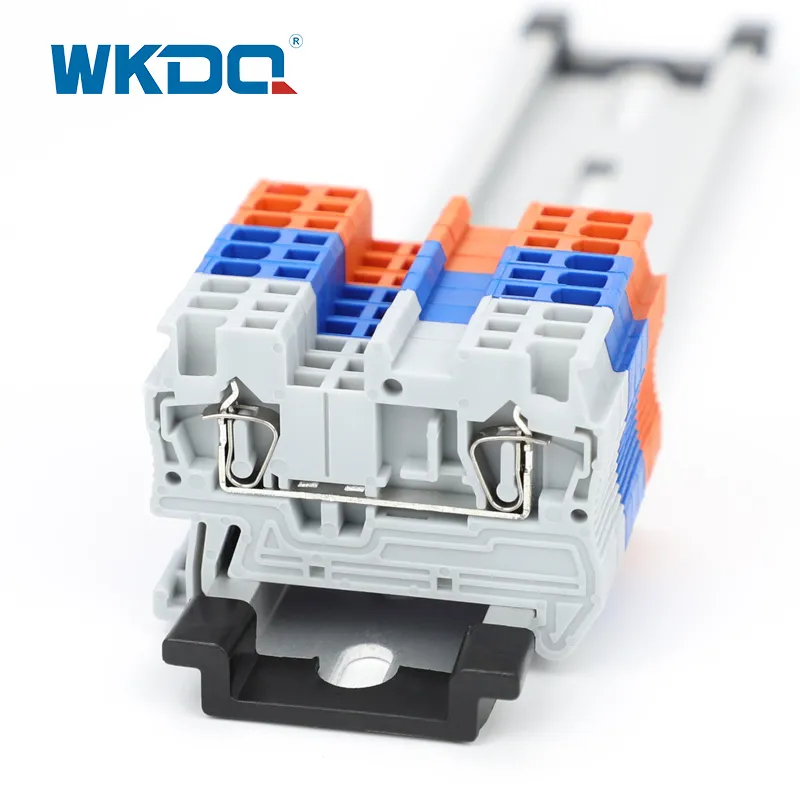How to Use Spring Terminal Blocks
2024-10-29
Spring terminals are an electrical connection device, mainly used to connect conductors such as wires and cables. Its usage is as follows:
Preliminary preparation: The first step is to ensure that the conductors to be connected and the spring terminals are properly prepared. The conductors need to be pre-processed with copper terminals, that is, the appropriate length of insulation material is stripped at both ends so that they can be smoothly embedded in the spring terminals.
Conductor installation: When inserting the conductor into the spring terminal, it is necessary to ensure that the insertion depth is appropriate, which is to ensure that a stable electrical contact can be established between the conductor and the terminal. During this process, be sure to follow the markings on the terminal and accurately place the conductor in the specified position.
Conductor fixation: After the conductor is inserted, it is necessary to apply appropriate force to lock the clamp of the spring terminal to ensure that the connection between the conductor and the terminal is both firm and stable to prevent any form of loosening.
Connection verification: After the connection operation is completed, a strict inspection must be carried out. Inspection methods include but are not limited to using a multimeter to detect the connection resistance value, or gently shaking the conductor manually to verify the stability of the connection.
Important tips: When selecting spring terminals, appropriate specifications and models must be selected according to actual needs to ensure the electrical characteristics and safety standards of the connection. In addition, the cleanliness of the terminal blocks must be maintained regularly to prevent the accumulation of dust and dirt, which will affect the connection performance.




